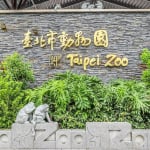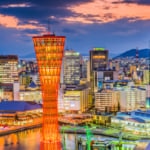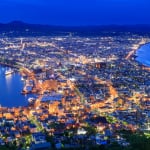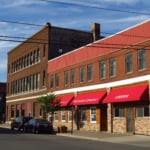Name: Jongmyo
Address: 155, Jongno, Jongno-gu, Seoul, Republic of Korea
Official/Related Website URL: http://jpn.cha.go.kr/japanese/html/sub1/index.jsp
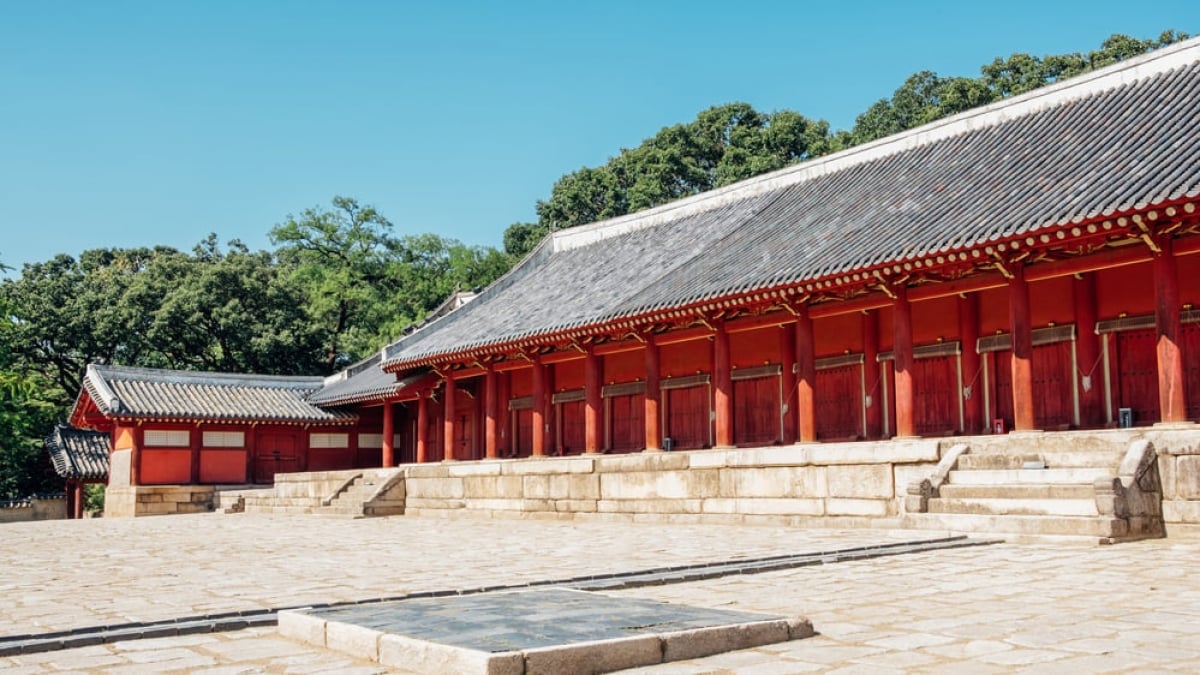
A Sacred World Heritage in Seoul! The Royal Ancestral Shrine Where the Kings and Queens of the Joseon Dynasty Rest
Seoul is home to many historic buildings from the Joseon Dynasty. Gyeongbokgung Palace, the main palace of the Joseon period, and Changdeokgung Palace, a World Heritage Site, are famous as standard Seoul tourist attractions. The luxurious and vibrant palaces draw crowds of tourists from around the world every day.
The World Heritage "Jongmyo" introduced here is a place where the kings and queens of the Joseon Dynasty are enshrined.
Like the palaces, it is a Joseon-era building, but without the lavishness; its characteristic features include its vermilion buildings with tiled roofs and seemingly simple construction.
However, in its main hall, the simplicity and its staggering length of about 100 meters convey a sense of sanctity and majesty unlike any other World Heritage Site. Let’s take a look at Jongmyo, known as the most sacred place in Seoul.
table of contents
[x] close
A Sacred World Heritage in Seoul! The Royal Ancestral Shrine Where the Kings and Queens of the Joseon Dynasty Rest
What is Jongmyo?
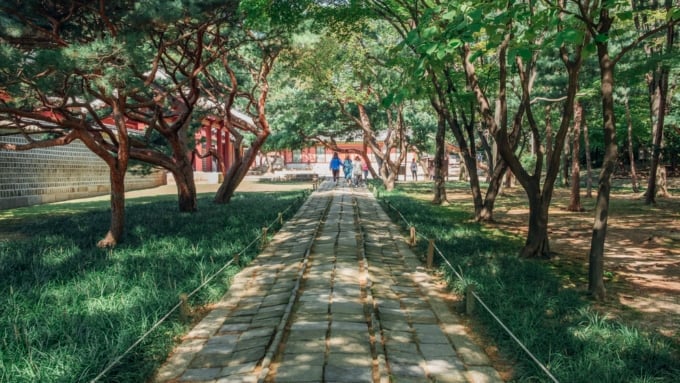
Jongmyo was founded two years after Yi Seong-gye (Taejo), who established the Joseon Dynasty in 1392, moved the capital to Hanyang (present-day Seoul) and simultaneously founded Jongmyo. Jongmyo is a sacred shrine dedicated to the kings and queens, and in front of the main hall’s courtyard stands the Hall of Meritorious Subjects (Gonsindan), where the loyal subjects of the Joseon period are also enshrined.
The main gate of Jongmyo is called Changyeopmun, and when touring, you enter the grounds from here.
As you pass through the gate, a paved path arranged in three rows stretches straight ahead—take a good look at it.
You can see that the central row is built slightly higher than the rows on either side.
In Korea, it is believed that "the center is the path for the gods," and the central path is called Sinhyangno (the Path of Divine Incense), the east side where the king walks is called O-ro, and the west side where the crown prince walks is called Sejalo.
Jongmyo, which was completely destroyed during the Imjin War in 1592 (the Bunroku War), was rebuilt in 1608 to its present form. It is said that the Korean people, with a deep-rooted spirit of honoring their ancestors, rebuilt Jongmyo even before the royal palace.
Speaking of honoring one’s ancestors, one must not forget the "Jongmyo Daeje" (Grand Jongmyo Ceremony), designated as an Important Intangible Cultural Property. Held on the first Sunday of May every year, this event is the largest traditional ritual in Korea, drawing hundreds of participants and many tourists from around the world who come to witness Korea’s traditional ceremonies up close.
Access to Jongmyo
From anywhere in Seoul, it is convenient to reach Jongmyo by subway. Take Lines 1, 3, or 5 to Jongno 3-ga Station, exit at Exit 11, and it’s about a 5-minute walk. After exiting, walk straight for about 80 meters until you see Jongmyo Citizen Park; the shrine is just beyond that.
Recommended Spots at Jongmyo
◆ Main Hall (Jeongjeong)
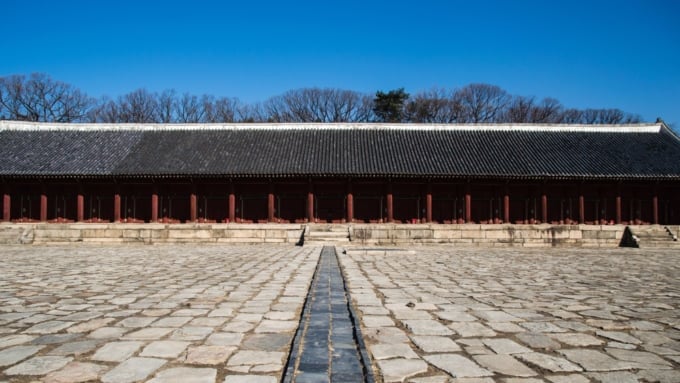
The centerpiece and main attraction of Jongmyo is the main hall (Jeongjeong). Here, the ancestral tablets of 49 kings and queens of the Joseon Dynasty, starting with Taejo, are enshrined. In the main hall, which consists of 19 rooms, the highest-ranking ancestral tablet is placed on the western side, where Taejo’s tablet is said to rest.
The fame of the main hall is not only due to its significance. Remarkably, this single wooden structure is considered the longest in the world, having been expanded horizontally over time as more ancestral tablets were added, resulting in a building that spans approximately 101 meters. At first glance, it appears very simple, but the solemn and sacred atmosphere it exudes is uniquely special among World Heritage Sites.
◆ Jongmyo Daeje
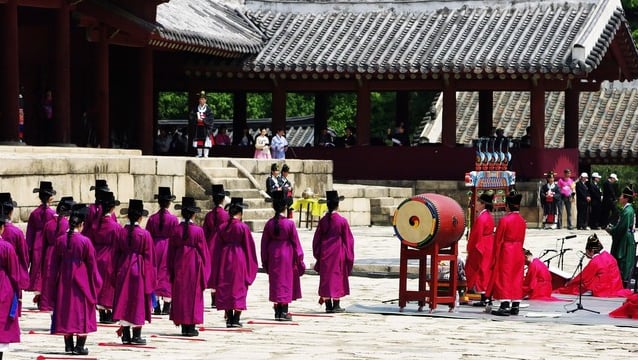
No discussion of Jongmyo is complete without mentioning the "Jongmyo Daeje," designated as an Important Intangible Cultural Property in Korea. This is a ritual that has continued since the Joseon Dynasty and is known as the largest traditional event in Korea.
In the past, the Jongmyo ritual was held five times a year (once each in spring, summer, autumn, winter, and in December) in the main hall and three times (in spring, autumn, and December) at Yeongnyeongjeong as the "Jongmyo Ceremony." Currently, it is held only on the first Sunday of May and is called the "Jongmyo Daeje." This special day is when the World Heritage Jongmyo is at its busiest.
Historically, the Jongmyo ceremony was regarded as the nation’s highest event, and even today it is a very sacred event attended by hundreds of people. There are two main components: the "Oga Procession" from Gyeongbokgung Palace to Jongmyo and the "Jesang" (sacrificial ritual) held in the main hall and Yeongnyeongjeong.
The Oga Procession is a parade where participants dressed in traditional Joseon attire march along Seoul’s roads, often closing off half the street. In addition, the sacrificial ritual, in which traditional instruments are played as the gods are welcomed, honored, and sent off, is a must-see. This ritual itself is registered as a UNESCO Intangible Cultural Heritage, so if you’re in Seoul during Golden Week, be sure to visit!
Notes for Visiting Jongmyo
Tours without a guide are available only on days other than Saturdays. Guided tour times are scheduled by language, so please check the website in advance. Also, if you are a group of 10 or more, reservations are required. Please apply via the website or at the ticket counter by the day before your desired visit date.
◎ Summary
Seoul has two World Heritage Sites, and one of them is Jongmyo. While Seoul offers plenty of shopping and gourmet experiences, occasionally exploring World Heritage Sites is also highly recommended.
Why not visit it as part of your morning walk?
In one of Seoul’s most sacred places, you are sure to begin your journey with a sense of refreshment!
RELATED ARTICLES
REGIONS
CATEGORIES
FEATURED ON Guide
-
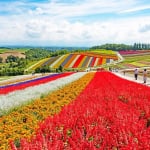
Where will you go for the summer vacation? Introducing recommended spots for domestic travel
-
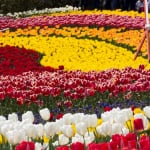
Kaizu City’s Recommended 7 Tourist Spots. Enjoy the Culture and History Nurtured by Wajū!
-
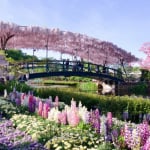
What Makes Ashikaga Flower Park So Special? A Treasure Trove of Photo-Worthy Spots!
-
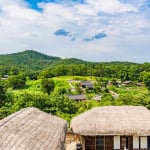
600 Years of Radiant Tradition: Korea’s Historic Villages of Hahoe and Yangdong
-

Two-Colored Seas and a Pink Beach! 4 Must-Visit Spots in North Eleuthera
MOST POPULAR ON Guide
-
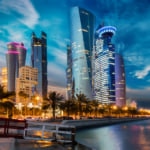 1
1Doha: Must-see Attractions in the Capital of Qatar
-
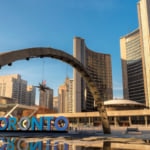 2
2Toronto: 10 Things to do in this Picturesque Canadian City
-
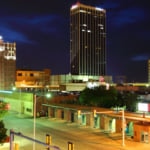 3
3Amarillo: A City Famous for It’s Amazing Canyons, Great History and Music
-
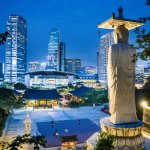 4
4South Korea: Dazzling Scenery, Rich Culture and Fascinating History
-
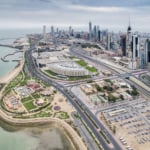 5
5Kuwait: A Country in Middle East Asia Famous for Hot Sand Dunes and Stunning Cityscape

